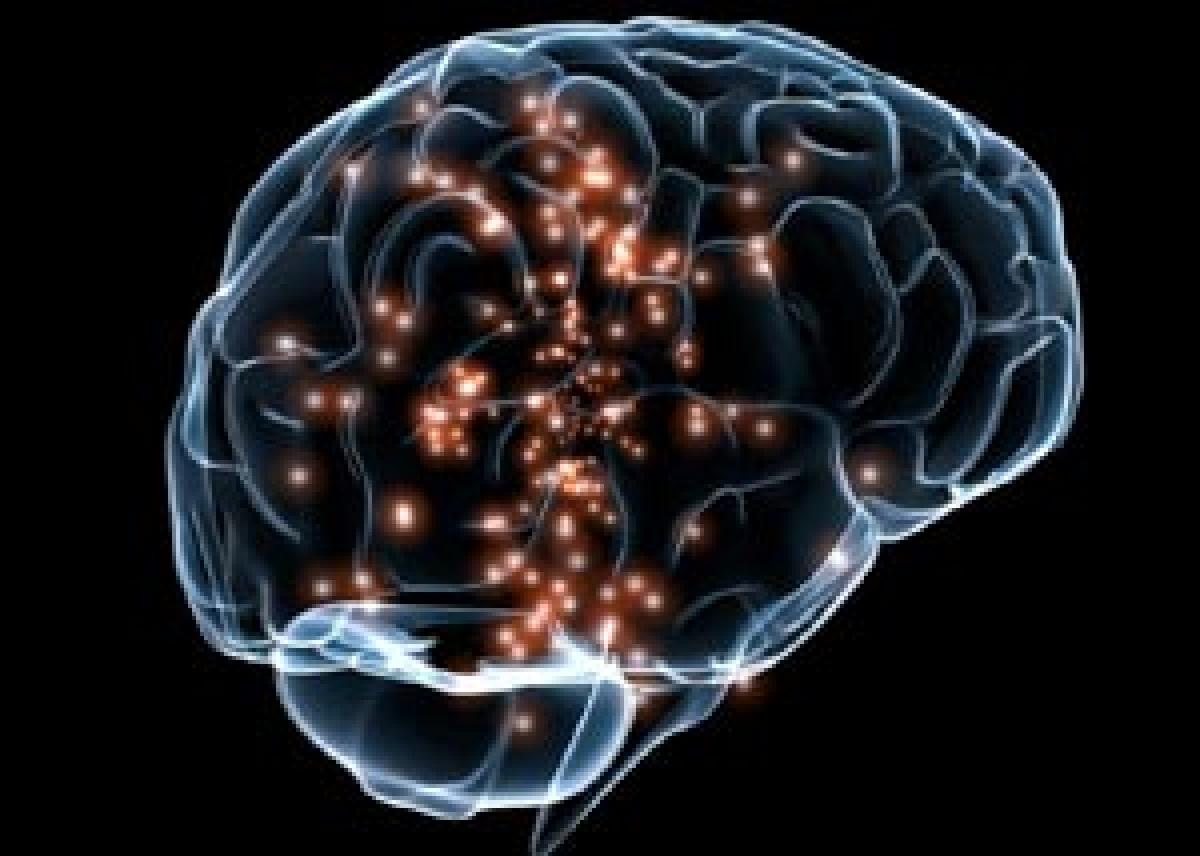New technology may help read brain signals directly

Researchers have developed a new technology that can help read brain signals directly and may also aid people with movement disabilities to better communicate their thoughts and emotions.
Researchers have developed a new technology that can help read brain signals directly and may also aid people with movement disabilities to better communicate their thoughts and emotions. The technology involves a multi-electrode array implanted in the brain to directly read signals from a region that ordinarily directs hand and arm movements used, for example, to move a computer mouse.
The algorithms translate those signals and help to make letter selections. "Our results demonstrate that this interface may have great promise for use in people as it enables a typing rate sufficient for a meaningful conversation," said Paul Nuyujukian, postdoctoral student at Stanford University in California, US.
In an experiment conducted with monkeys, the animals were able to transcribe passages from the national daily New York Times, and Hamlet, a tragedy drama written by William Shakespeare, at a rate of up to 12 words per minute. Using these high-performing algorithms, the animals could type more than three times faster than with earlier approaches.
However, people using this system would likely type more slowly, the researchers said, while they think about what they want to communicate or how to spell words. People might also be in more distracting environments and in some cases could have additional impairments that slow the ultimate communication rate.
Despite that, even a rate lower than the 12 words per minute achieved by monkeys would be a significant advance for people who are not otherwise able to communicate effectively or reliably, Nuyujukian said. Earlier versions of the technology have already been tested successfully in people with paralysis, but the typing was slow and imprecise.
The latest work tests improvements to the speed and accuracy of the technology that interprets brain signals and drives the cursor, the researchers said. "The interface we tested is exactly what a human would use. What we had never quantified before was the typing rate that could be achieved," Nuyujukian added.
Other technologies for helping people with movement disorders involve tracking eye movements or tracking movements of individual muscles in the face. However, these have limitations, and can require a degree of muscle control that might be difficult for some people.
While some approaches may not enable use of eye-tracking software due to drooping eyelids and others may be too tiring in some people. Directly reading brain signals could overcome some of these challenges and provide a way for people to better communicate their thoughts and emotions, the researchers noted, in the paper published in the journal Proceedings of the IEEE.

















